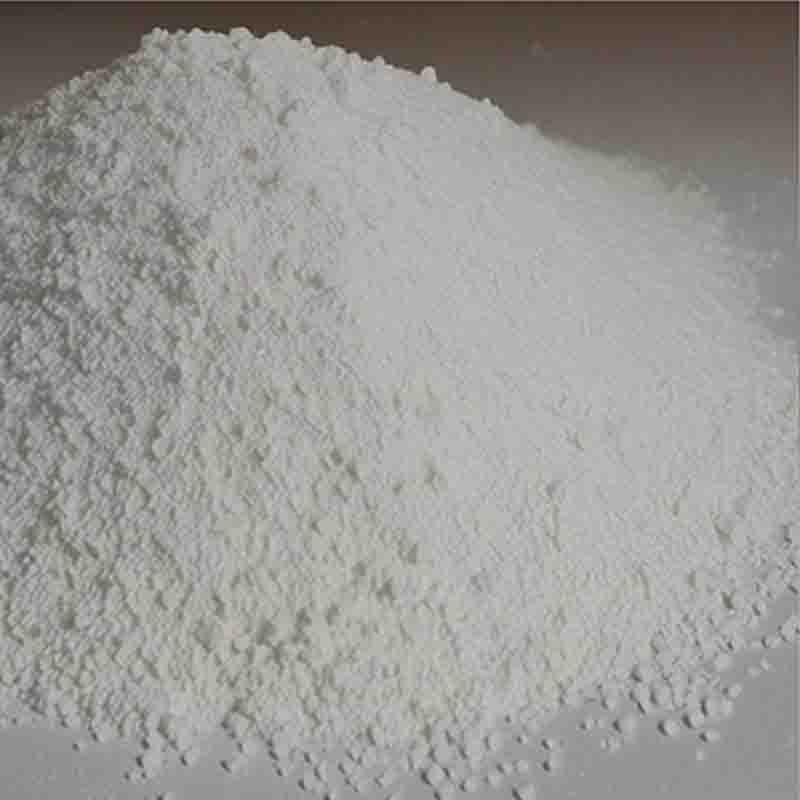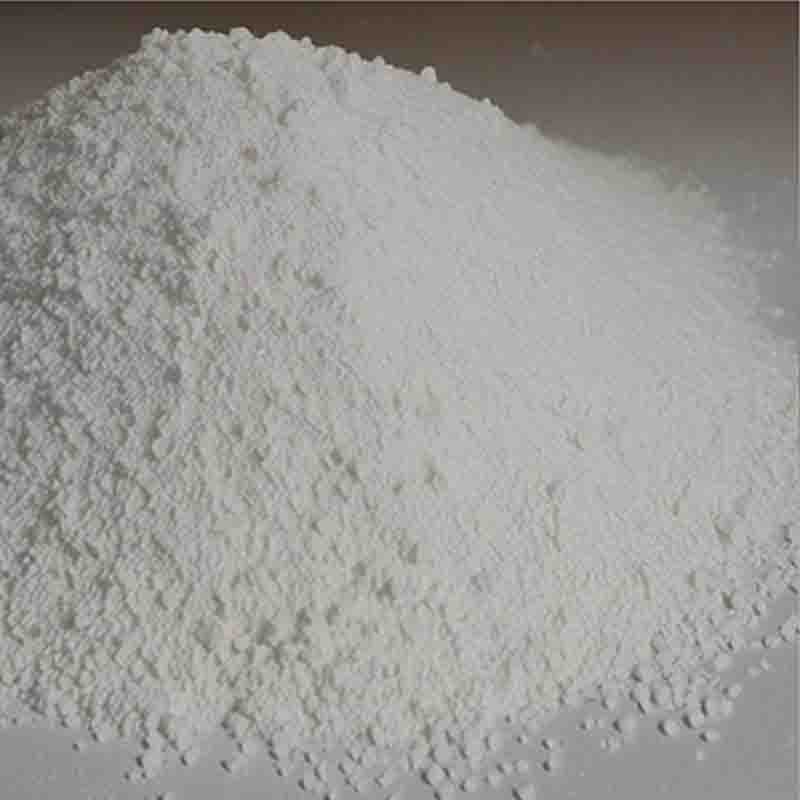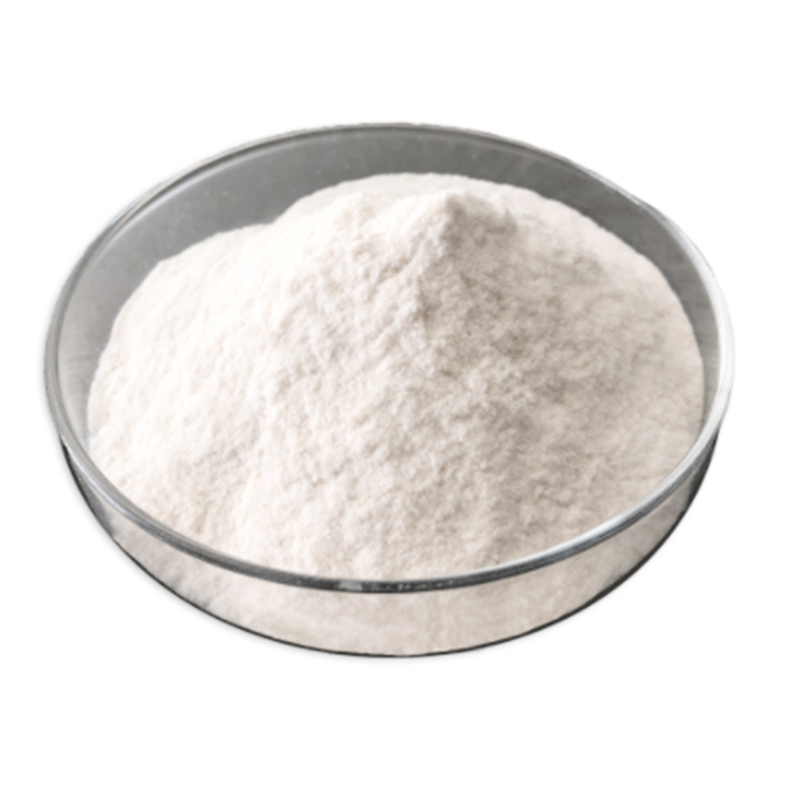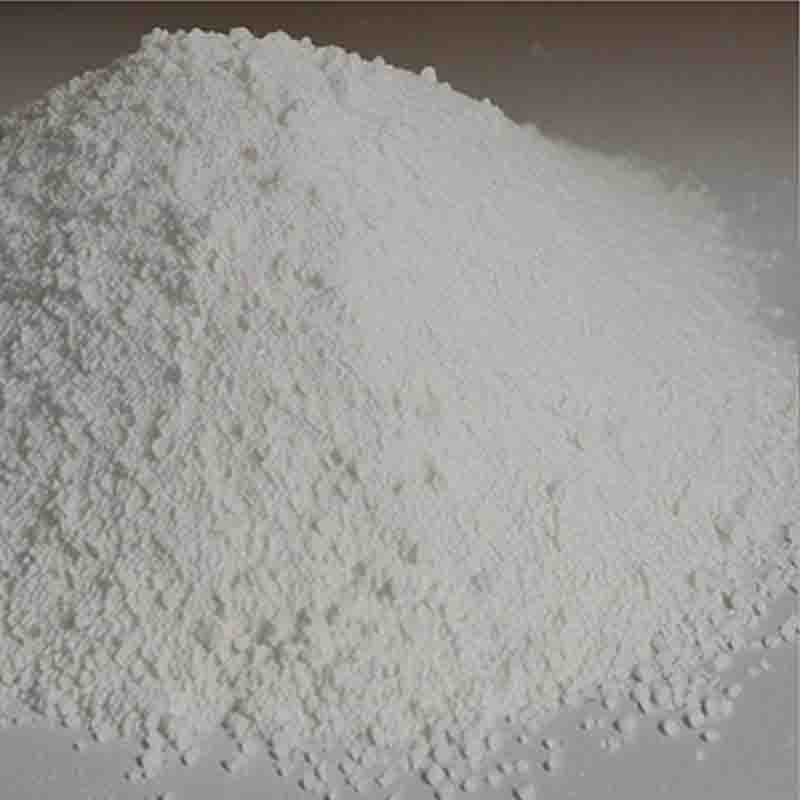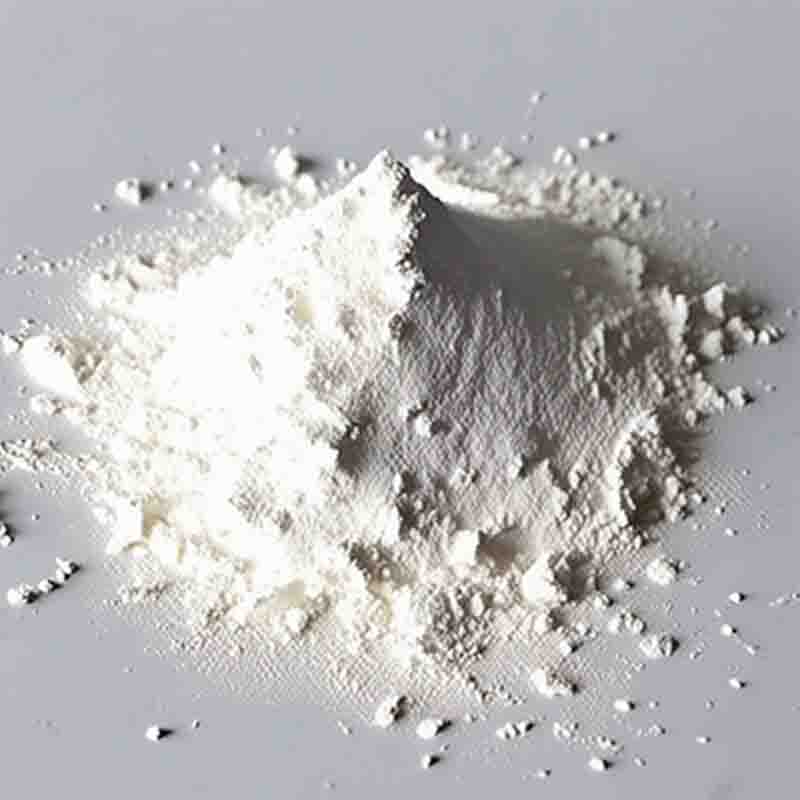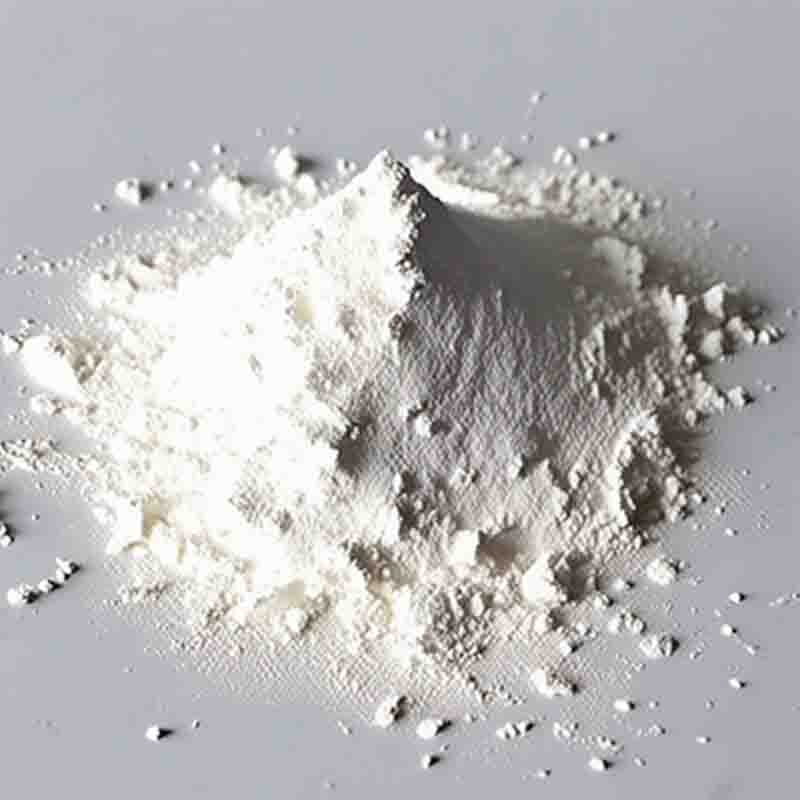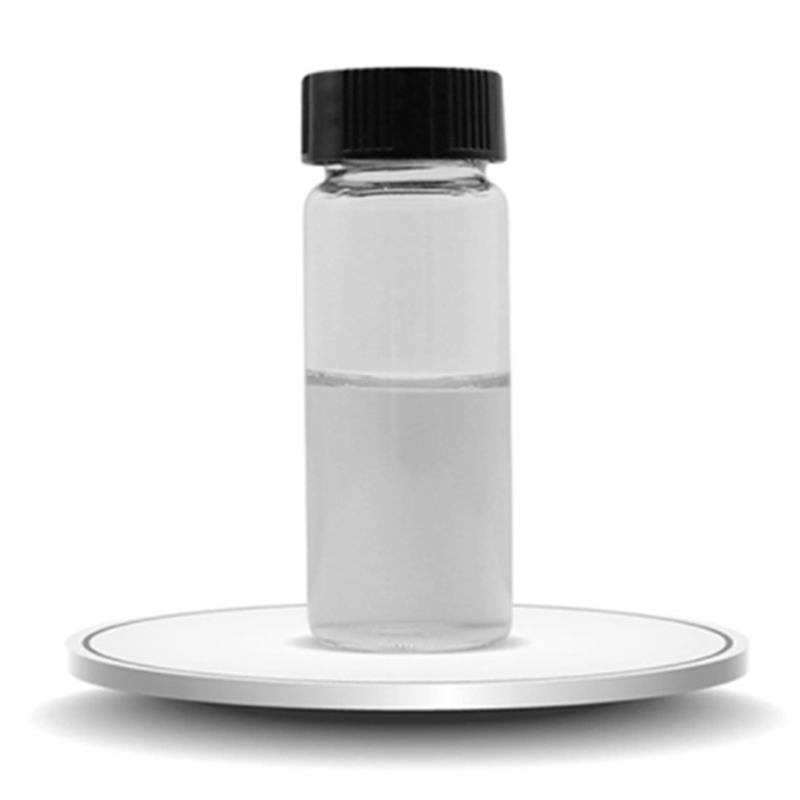3-Methyl-2-buten-1-ol CAS:556-82-1
| Catalog Number | XD96035 |
| Product Name | 3-Methyl-2-buten-1-ol |
| CAS | 556-82-1 |
| Molecular Formula | C5H10O |
| Molecular Weight | 86.13 |
| Storage Details | Ambient |
Product Specification
| Appearance | White powder |
| Assay | 99% min |
3-Methyl-2-buten-1-ol, also known as isopentenyl alcohol, is a chemical compound with the formula C5H10O. It is an alcohol with a branched structure consisting of a five-carbon chain and a hydroxyl group attached to one of the carbon atoms. This compound has several potential effects and applications in various fields.One of the significant effects of 3-methyl-2-buten-1-ol is its potential as an antifungal agent. Research has shown that this compound exhibits inhibitory activity against a range of fungal pathogens. This property makes it a valuable ingredient in the development of antifungal medications, as well as in the formulation of antifungal coatings for surfaces susceptible to fungal growth, such as wood and textiles.Additionally, 3-methyl-2-buten-1-ol has been found to have antimicrobial properties. It has shown effectiveness against various bacterial strains, including both gram-positive and gram-negative bacteria. This antimicrobial activity opens up possibilities for its use as an ingredient in the development of antibacterial products, such as hand sanitizers, disinfectants, and wound healing formulations.Furthermore, this compound has been investigated for its potential as an insect repellent. Studies have shown that 3-methyl-2-buten-1-ol exhibits repellent effects against mosquitoes and other insects. This makes it a promising candidate for the development of insect repellent formulations, especially those targeting disease-carrying mosquitoes like Aedes aegypti, which is responsible for transmitting diseases such as dengue fever and Zika virus.In addition to its antimicrobial and insect repellent properties, 3-methyl-2-buten-1-ol has also been studied for its potential in cancer research. Research suggests that this compound has cytotoxic effects on select cancer cell lines, making it a potential candidate for the development of anticancer drugs or additives to enhance the efficacy of existing treatments.It is worth noting that further research and testing are necessary to fully explore the potential effects and applications of 3-methyl-2-buten-1-ol. Factors such as concentration, formulation, and mode of application need to be considered to determine the optimal use of this compound in various fields.


